XAT decision making questions comprise assumptions, situational analysis, analytical reasoning, managerial issues, complex arrangements, simple arrangements, issues related to finances, case-lets, and data arrangements.
Table of Contents
XAT decision making questions comprise different types of questions that test's your mind to adopt according to the manager and company's growth and survival mindset. These questions comprise ethical dilemmas, grouping, complex arrangement, simple arrangement, issues related to finances, case-lets, data arrangement, etc.
The decision making question section of the XAT exam is one of the unique sections asked in management exams across India and one of the finest and undefined or unspecified portions. It is advised that you should follow the previous year's papers to get familiar with the decision-making questions. This page will brief you about the top 10 decision making questions for XAT exam.
XAT Decision Making Questions Download PDF
Below is the PDF provided of the previous year's questions asked in the XAT exam related to decision-making. Students can download by clicking on the PDF link below and can solve an Excel in the exam.
| Decision-Making Questions for XAT Exam | PDF Link |
Top 10 Decision-Making Questions for XAT Examination
The decision making section of the XAT exam comprises 21 questions, and there are no questions related to mathematical aptitude in this section.
Most of the questions are moderate to strenuous and are easy to understand, but the ethical thinking questions are tricky and are related to business, dominated by this GK section.
Answers Questions 1 to 6 based on the information given below.
Mr. Rajiv Singhal, Chairman of the Board of Directors of Loha India Ltd. (a steel manufacturing company), had just been visited by several other directors of the company. The directors were upset with the recent actions of the company president, Mr. Ganesh Thakur. They demanded that the board consider firing the president. Mr. Thakur, the recently appointed president, had attempted to solve some of the management-employees' problems by dealing directly with the individuals as often as possible. The company did not have a history of strikes or any other form of collective action and was considered to have a good work culture. However, Mr. Thakur felt that by dealing directly with individuals, he could portray the management's concern for the employees.
An important initiative of Mr. Thakur was to negotiate the wages of the supervisors with each supervisor. In these negotiation meetings, he would not involve anyone else, including the personnel department that reported to him, so as to make unbiased decisions. After the negotiation, a wage contract would be drawn up for each supervisor. This, he felt, would recognise and reward the better performers.
Mr. Thakur successfully implemented the process for most of the supervisors, except those working the night shift. For them, he had drawn up the contracts unilaterally benchmarking the wages of supervisors of the night with that of the supervisors of the day shift. For several days, Ram Lal, a night shift supervisor, had been trying to seek an appointment with Mr. Thakur about his wages. He was disgruntled, not only over his failure to see the president but also over the lack of discussions about his wage contract prior to it being affected. As a family man with six dependents, he felt his weekly wage should be higher than that granted to him.
Last Thursday afternoon, Ram Lal stopped by the president's office and tried to see him. Mr Thakur's secretary refused his request on the grounds that Mr Thakur was busy. Infuriated, Ram Lal stormed into the president's office and confronted the startled Mr. Thakur with his demands for a better wage. Mr Thakur stood up and told Ram Lal to get out of his office and express his grievance through official channels. Ram Lal took a swing at the president, who in turn punched Ram Lal in the jaw and knocked him unconscious.
Q1. The most important causal factor for this entire episode could be:
- Trying to follow a divide-and-rule policy in his dealings with the supervisors.
- Inconsistent dealings of Mr Thakur with supervisors.
- Paternalistic approach towards mature individuals in the organisation.
- Legalistic approach to employee problems.
- Inadequate standards for measurement of supervisors' on-job performance.
Q2. The situation with Mr.Lal could have been avoided if Mr. Thakur had, the option that best arranges the above managerial interventions in decreasing order of organisational impact is:
- Delegated the task of negotiation of wage contracts for night shift employees to the Personnel department.
- Created a process for supervisors working the night shift so that they could have the opportunity to interact with him.
- Created an open-door policy that would have allowed employees to see him without an appointment.
- The decision on wage revision for supervisors on the night shift was postponed for two months since supervisors were rotated on different shifts every two months.
- 4, 2, 3, 1
- 4, 3, 2, 1
- 4, 3, 1, 2
- 4, 1, 2, 3
- 2, 3, 1, 4
Q3. The most likely premise behind Mr Thakur's initiative regarding individualised meetings with the supervisors seems to be?
- Employee-related policies should allow scope for bargaining by employees.
- Involvement of the company's president in the wage problems of employees will lead to better goodwill towards the management among the workers.
- Individual agreements with supervisors would allow the management to prevent any possible collective action by the supervisors.
- Management will be able to force supervisors to accept lesser wages individually in this way.
- He would be able to know who the troublemakers in the plant are by interacting with the supervisors.
Also Read: XAT 2021 Question Paper PDF: Section-wise Analysis, Difficulty Level
Q4. Out of the following, which one seems to be the most likely cause of Ram Lal's grievance?
- He was disappointed with the management's philosophy of having one-to-one interaction as the supervisors were, in a way, being forced to accept the wage contracts.
- His being on the night shift had worked to his disadvantage as he could not interact with the management regarding his problem.
- He was not allowed to meet the chairman of the board of directors of the company
- Employment on the night shift forced him to stay away from his family during the daytime, and therefore, he could not interact with his family members much.
- All of these.
Q5. Apart from the supervisors working on the night shift, which department's executives will have the most justified reasons to be disgruntled with Mr Thakur's initiative?
- Production department – for not being consulted regarding the behaviour of the supervisors on the shop floor.
- Finance department – for not taking into confidence regarding the financial consequences of the wage contracts.
- Marketing department – for not being consulted on the likely impact of the wage contracts on the image of the company.
- Quality control – for not being able to give inputs to Mr Thakur on how to improve the quality of the making process.
- Personnel department – for it was their work to oversee wage policies for employees, and Mr. Thakur had ignored them.
- 1 + 2 + 3
- 1 + 4 + 5
- 1 + 2 + 5
- 1 + 3 + 4
- 3 + 4 + 5
Also Read: XAT Question Paper 2020
Q6. Which of the following managerial attributes does Mr. Thakur seem to lack the most?
- Emotional instability under pressure.
- Proactive problem-solving.
- Ethical behaviour.
- Emotional stability under pressure.
- Independent decision making
Individual Questions:
Q7. Seema was a finance manager in an MNC and felt that gender discrimination at the workplace hampered her career growth. Frustrated, she quit the job and started a company. While starting her company, Seema decided that she would have an equal proportion of males and females.
Over the last six years, Seema emerged as a very successful entrepreneur and expanded her business to eight locations in the country. However, Seema recently started facing an ethical dilemma because she realised that female employees were not willing to travel across cities and work late hours, as the work required them to do so.
Male employees did not hesitate to undertake such work. Seema started to feel the pressure of reducing the proportion of female employees. On the other hand, she is aware that equal representation was one of the most vital reasons for her to have founded the company.
What should she do as a conscientious female entrepreneur?
- See if unwilling female employees could be given assignments that do not require travel and involve less overtime.
- Reduce the number of female employees as it is a business requirement. She should not let anything affect her business.
- Let the status quo continue.
- Henceforth, hire only male employees.
- She should close the business.
Also Read: XAT Essay Topics
Q8. You, a recruitment manager, are interviewing Mayank, a hardworking young man who has problems speaking fluent English. He has studied in vernacular medium schools and colleges. Amongst the following options, what would you choose to do if your company has vacancies?
- I would hire him at all costs.
- I would hire him for the job he is good at and provide training in other areas.
- I would hire him for a production or finance job but not for a marketing job, which requires good communication skills.
- I would ask him to improve his communication skills and come back again
- I would not hire him as he might be a burden on the organisation because of his poor communication skills.
Q9. The city of Nagar has a population of 10 million, 2 million of whom are wealthy, 3 million poor, and 5 million belong to the middle class. Saundarya Cosmetics manufactured and sold beauty products to the wealthy class at a premium price. Its products were very popular with customers. Many people from the middle and poor segments of the population aspired to buy these products but could not afford them because of the high prices. Of late, sales growth has been stagnating in the affluent segment.
Which of the following is the best option for Saundarya Cosmetics to maximise long-term profits?
- Sell the same products at lower prices to middle and poor classes.
- Sell similar products of different quality standards with different brand names to the middle classes and poor classes.
- Sell its products under different brand names to the middle and poor classes.
- Continue to target the rich only and hope that today's middle class will be tomorrow's wealthy class.
- Target the middle class as it is the largest segment and forget about the rich.
Q10. A database software manufacturing company found out that a product it had launched recently had a few bugs. More than a million customers have already bought the product. The company realised that bugs could cost its customers significantly. However, if it informs the customers about the bug, it fears losing credibility.
What would be the most ethical option for the company?
- Apologise and fix the bug for all customers, even if it has to incur losses.
- Do not tell customers about bugs and remove them only when customers face problems, even if it means losses for the customers.
- Keep silent and do nothing.
- Keep silent but introduce an improved product that is bug-free as soon as possible.
- Take the product off the market and apologise to customers.
In conclusion, practicing the top 10 decision-making questions for the XAT exam is essential for enhancing your analytical thinking and judgment under pressure. These questions mirror real-life business scenarios and test your ability to make ethical and effective choices. Regular practice helps you develop clarity, weigh pros and cons, and choose the most balanced solution. Mastering decision-making not only boosts your overall XAT score but also prepares you for the challenges of a management career. Focus on understanding the logic behind each answer to improve accuracy and speed, ultimately increasing your chances of success in the XAT exam.








![Birla Institute of Technology and Science, [BITS] Pilani](https://media.getmyuni.com/azure/college-image/small/birla-institute-of-technology-and-science-bits-pilani.jpg)
![National Institute of Technology, [NIT] Rourkela](https://media.getmyuni.com/azure/college-image/small/national-institute-of-technology-nit-rourkela.jpg)
![Alagappa University, [AU] Karaikudi](https://media.getmyuni.com/azure/college-image/small/alagappa-university-au-karaikudi.jpg)


















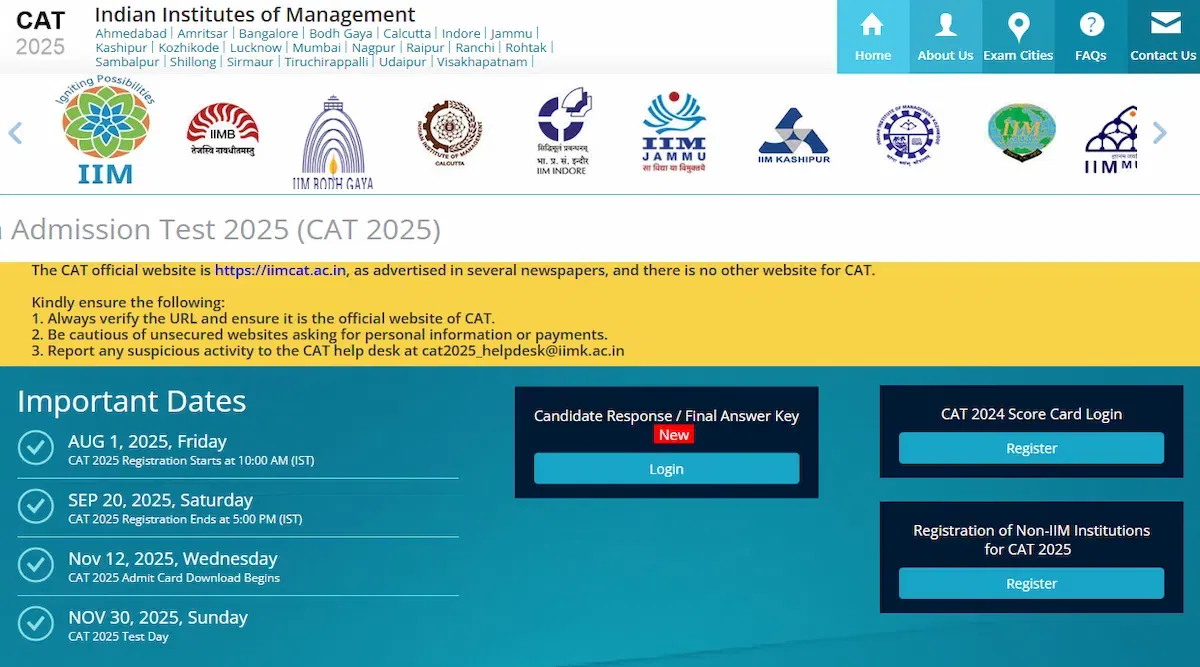
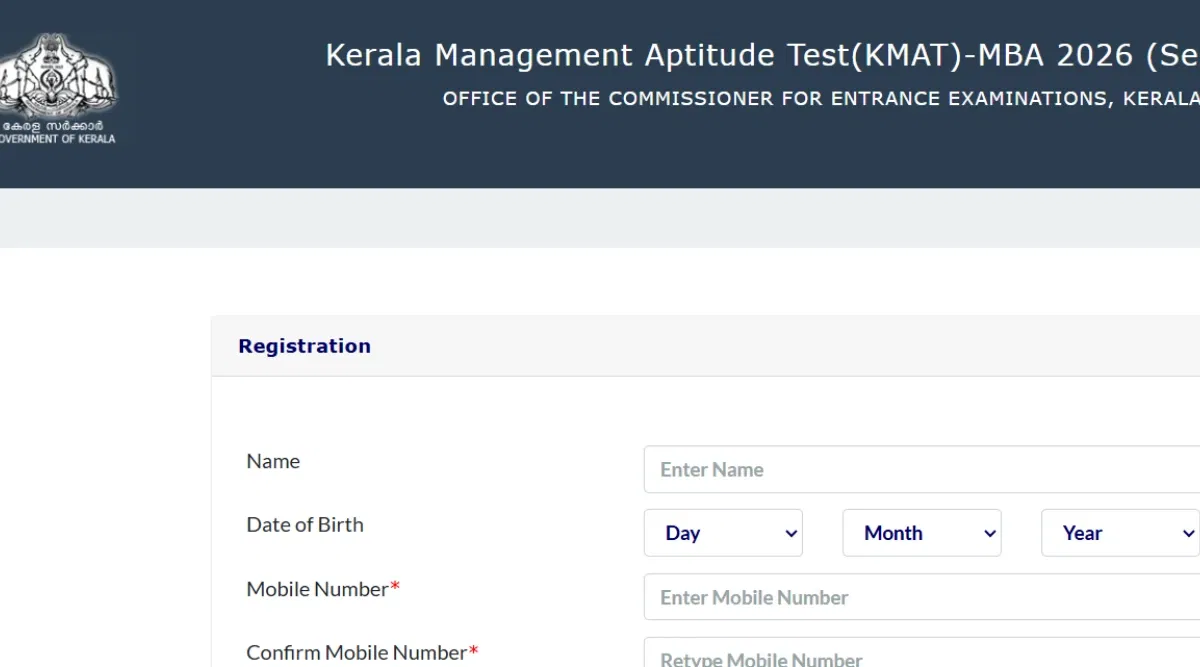
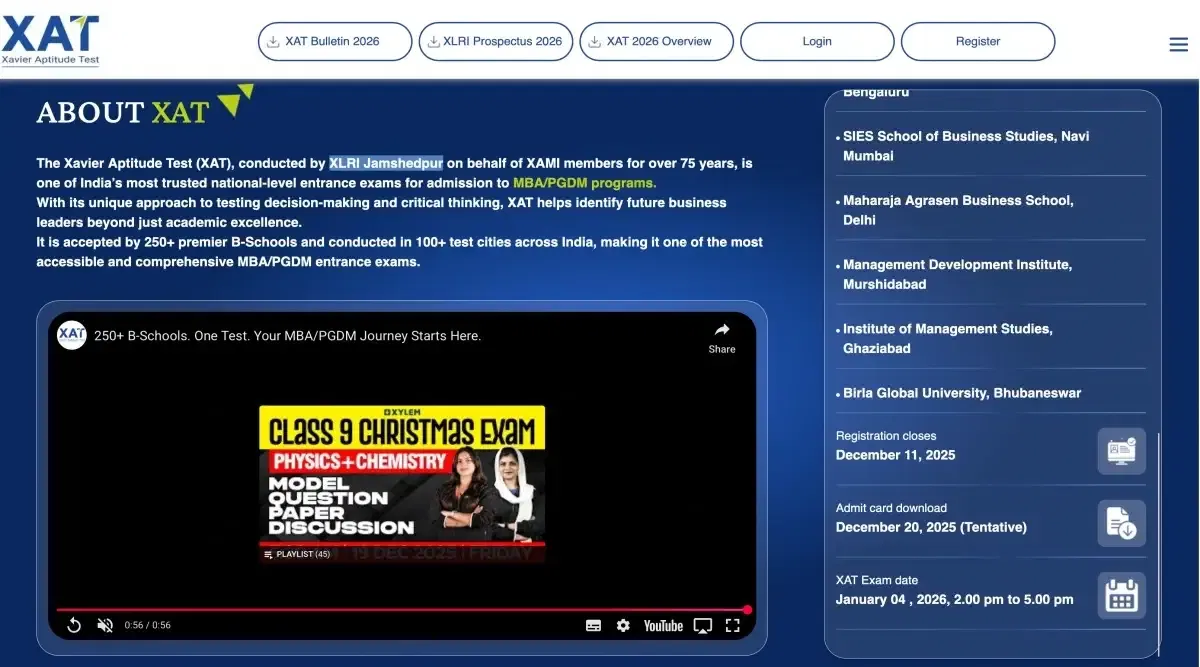
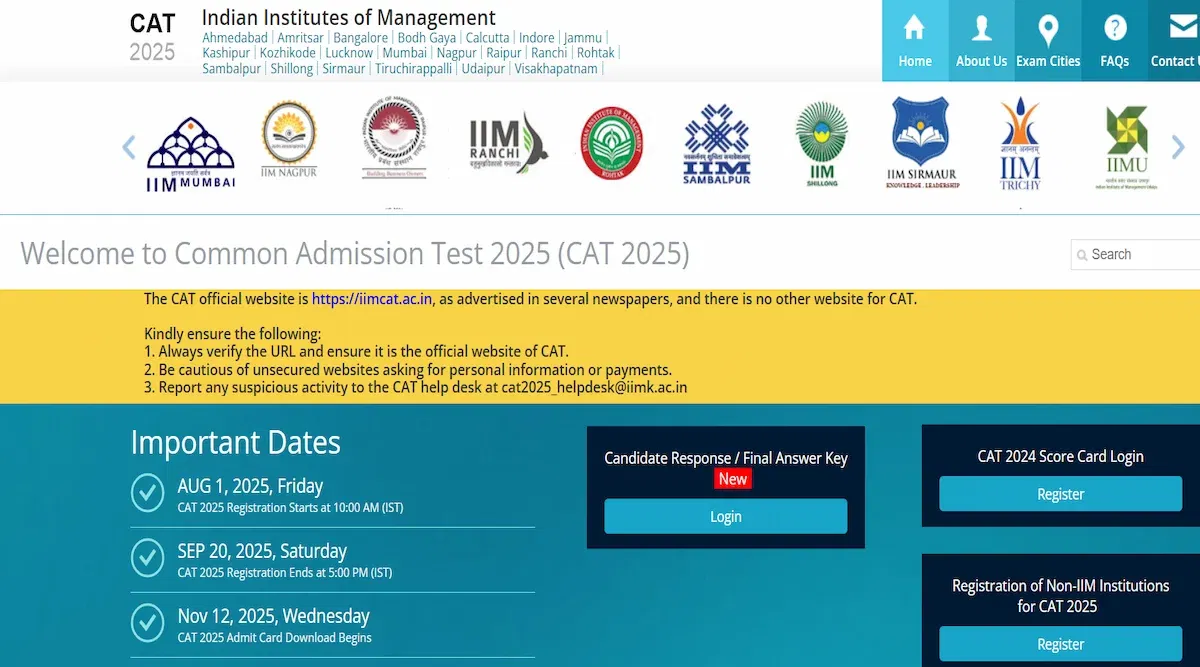



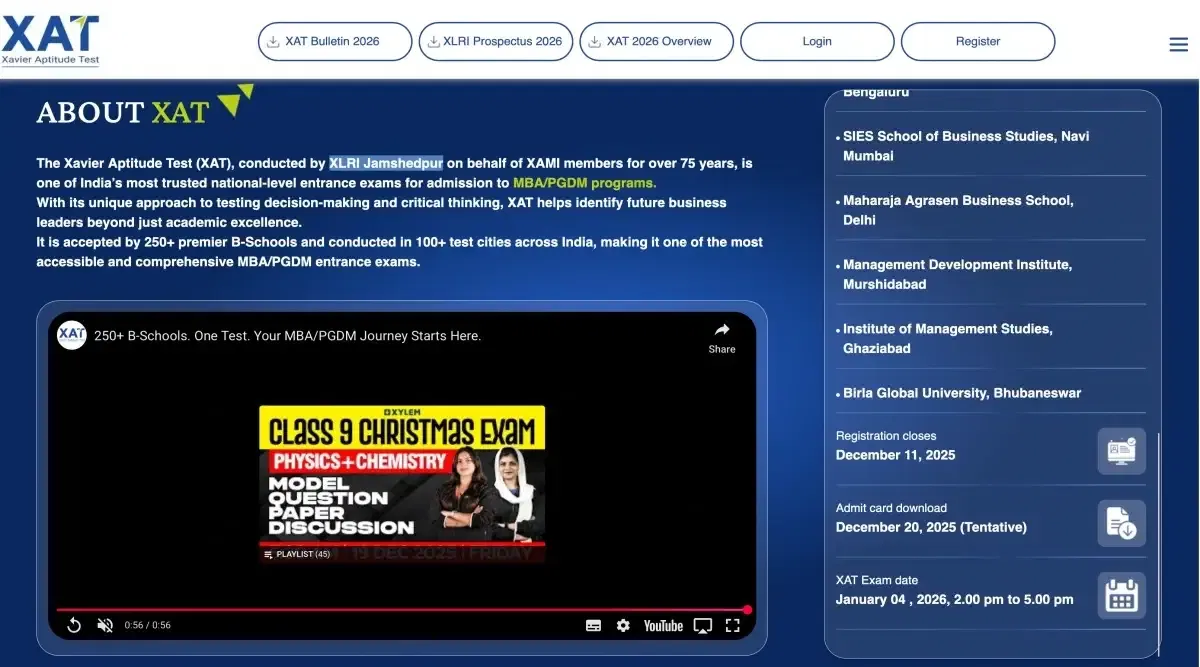



POST YOUR COMMENT